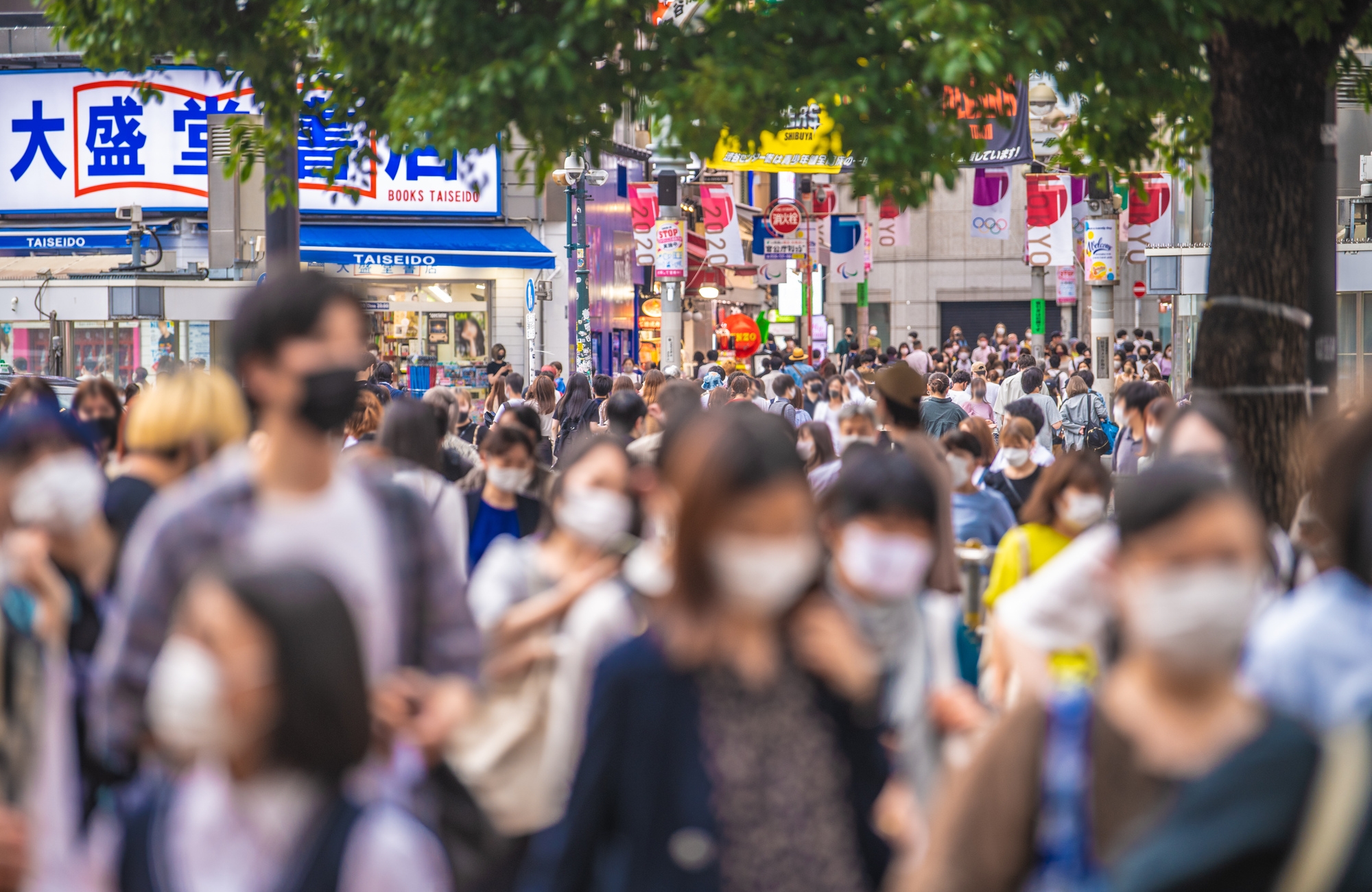TECH & CULTURE
Masks in the Context of COVID-19
June 30, 2022
Long before the emergence of Covid-19, Japanese people were already used to wearing masks which partly explains the low death rate in Japan during the pandemic compared to Western countries.

This tendency can be traced back to the Spanish flu in 1918 and the 1968 flu pandemic (H3N2) during which the Japanese started wearing masks in order to protect themselves in the absence of vaccines, particularly amid the density in the world’s largest city – Tokyo. What started out as a protection against pandemics gradually changed in the early 2000s. Around that time, wearing masks became more of an individual responsibility to protect one’s family, community and country. For instance, in Japan, it is common to wear masks when sick, out of politeness.
The Covid-19 pandemic led to the creation of Japanese masks with creative patterns and innovative functions.
The Covid-19 pandemic led to the creation of Japanese masks with creative patterns and innovative functions.

Indeed, there are cooling masks that can be used to survive the humidity of Japanese summers, denim masks with cotton linen on the inside designed to breathe more easily, masks with 3D frame to create a bigger and more comfortable space, some that light up, make the face look slimmer, prevent the fogging of glasses, and many more. One could perhaps say that the Japanese are not only comfortable with masks but actually enjoy wearing them. But with this wide and fun selection to choose from, who wouldn't?